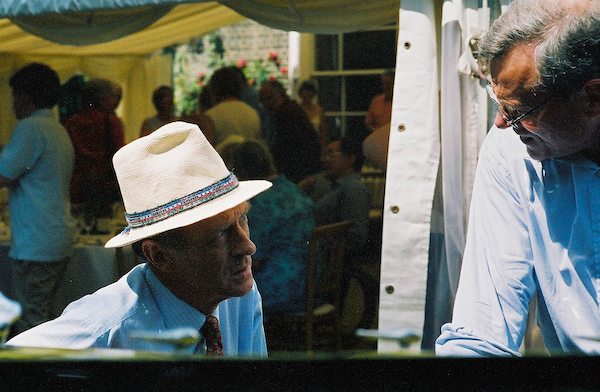
This striking photograph taken by US photographer Stephanie Sinclair in Afghanistan was named Unicef Photo of the Year yesterday. It’s a wedding picture. The cadaverous cove in the turban is a bridegroom; the kid next him is his new 11-year-old wife. The blurb says that the chap is 40 years of age, but he looks about 70 to me. The photograph vividly encapsulates life for millions of girls in this day and age. Unicef claims that upwards of 60 million under-age girls are married every year. Barbaric.
Later: Another Unicef prizewinner here. Thanks to Pete for the link.



